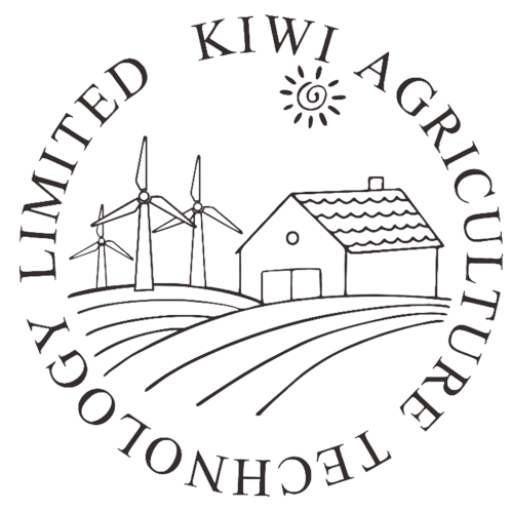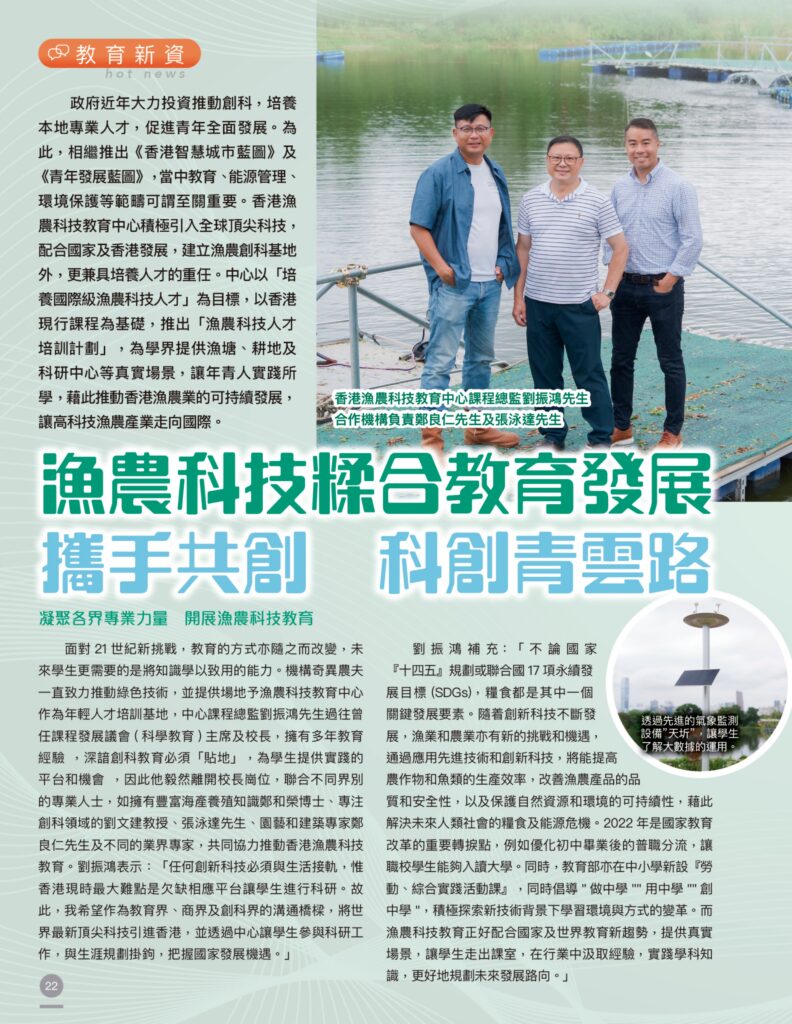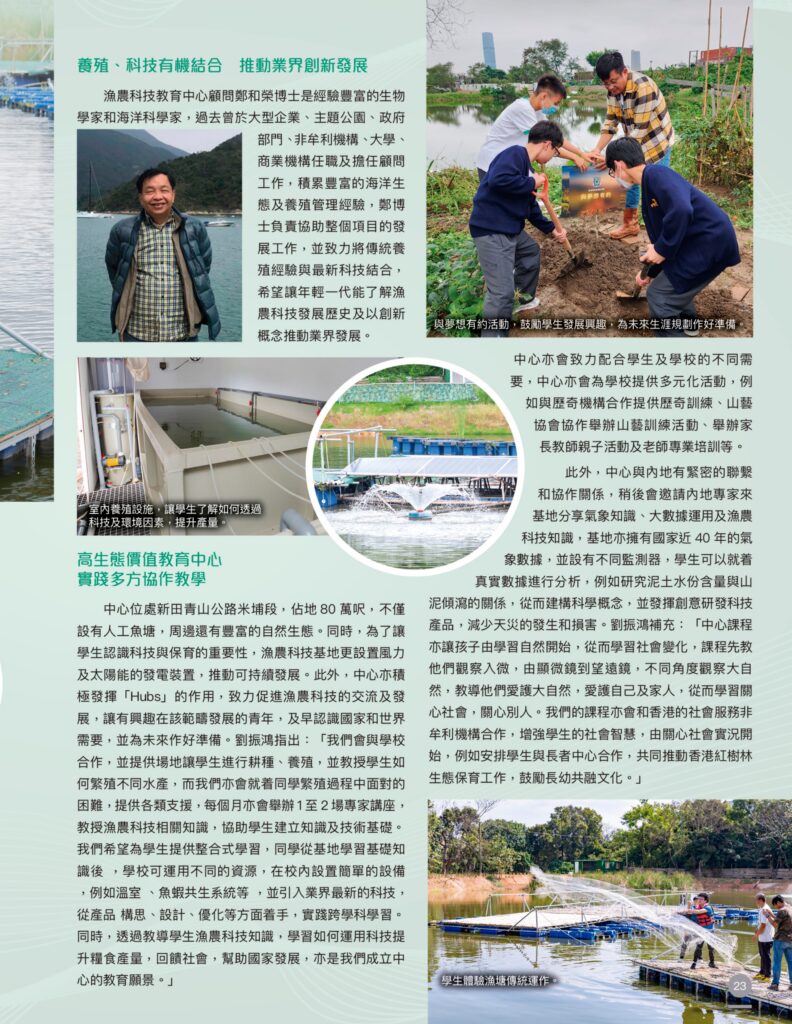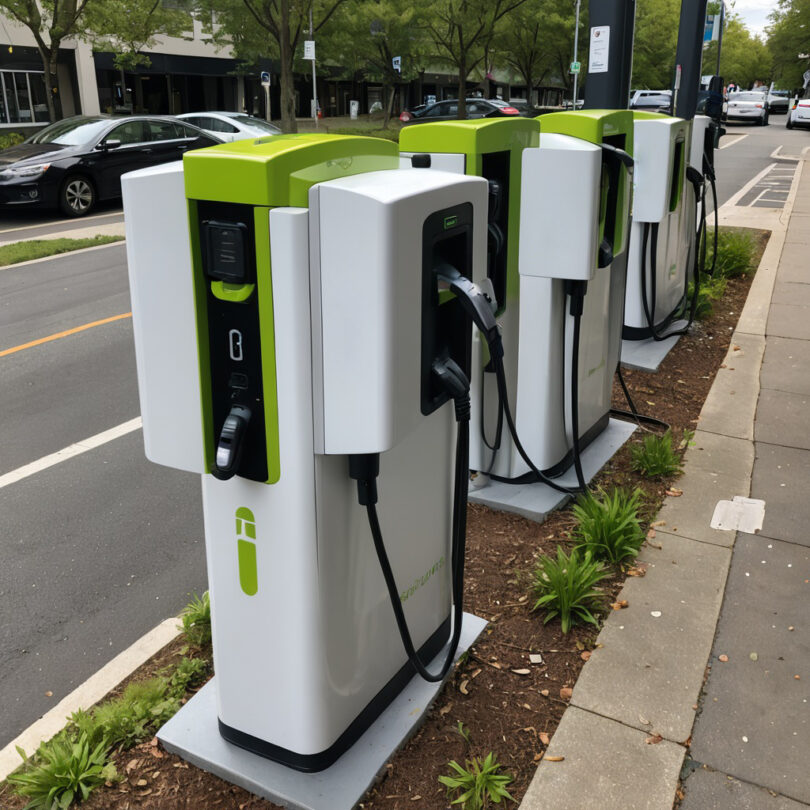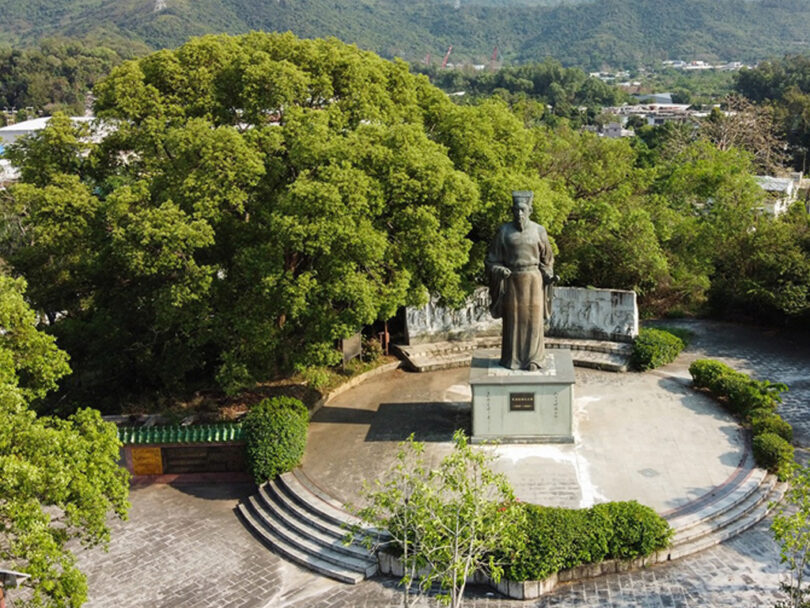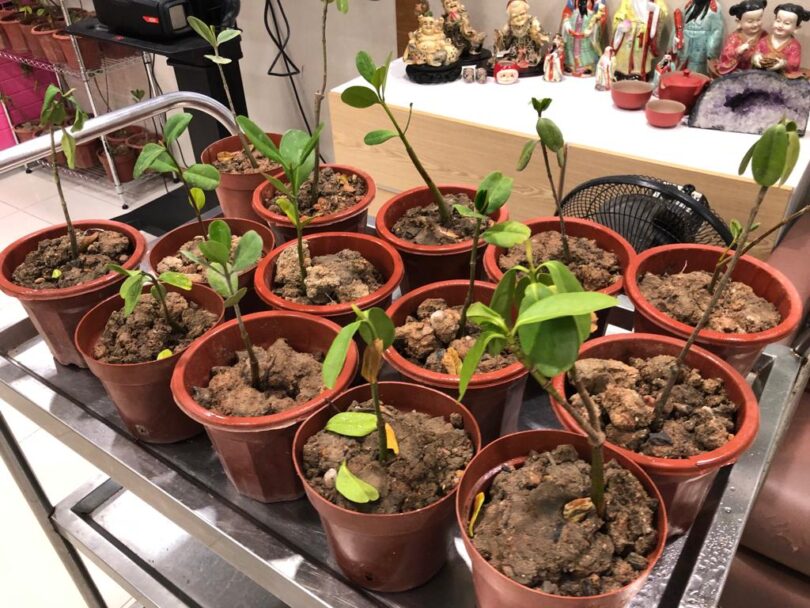San Tin Infinity ECO Park
Near-zero carbon emission agricultural model
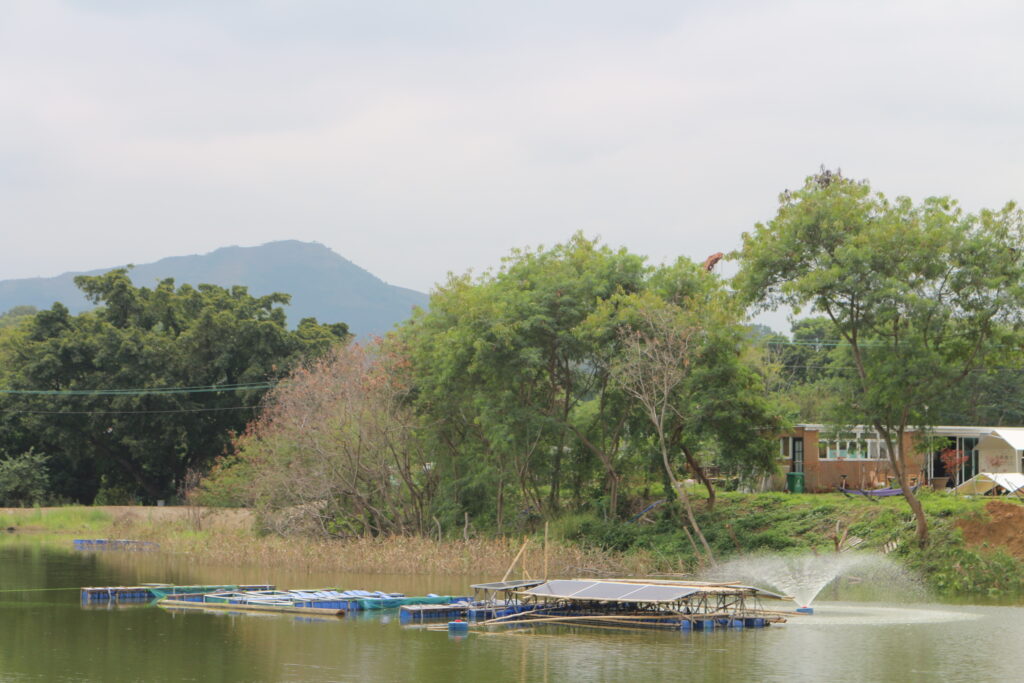
San Tin Infinity ECO Park
Vision
ECO Park uses green energy in conjunction with high-tech technology and equipment to showcase a sustainable agricultural operation model, enhancing local citizens’ and the fisheries and agriculture industry’s understanding of this approach.
Eco Park recycles food waste produced in Hong Kong daily to create fertilizers and feed.
At the same time, ECO Park uses recycled wood provided by Y.Park [林區] and other organizations to regulate soil, construct park facilities, and pave outdoor pathways.
Countries around the world are working towards achieving carbon neutrality, with nations such as the EU, the US, China, France, and Japan implementing carbon reduction targets and policies since 2015. In the 2020 Policy Address, the Hong Kong Special Administrative Region government announced its commitment to achieving carbon neutrality by 2050. Reducing carbon emissions and increasing carbon absorption are becoming the inevitable future trends.
To promote sustainable development and protect Hong Kong’s natural environmental ecology, the Strange Farmer is committed to considering how to adhere to sustainability principles in its operations and development processes. One approach is through carbon offset mechanisms, where trees are planted on available land within projects to increase carbon sequestration and contribute positively to the environment.
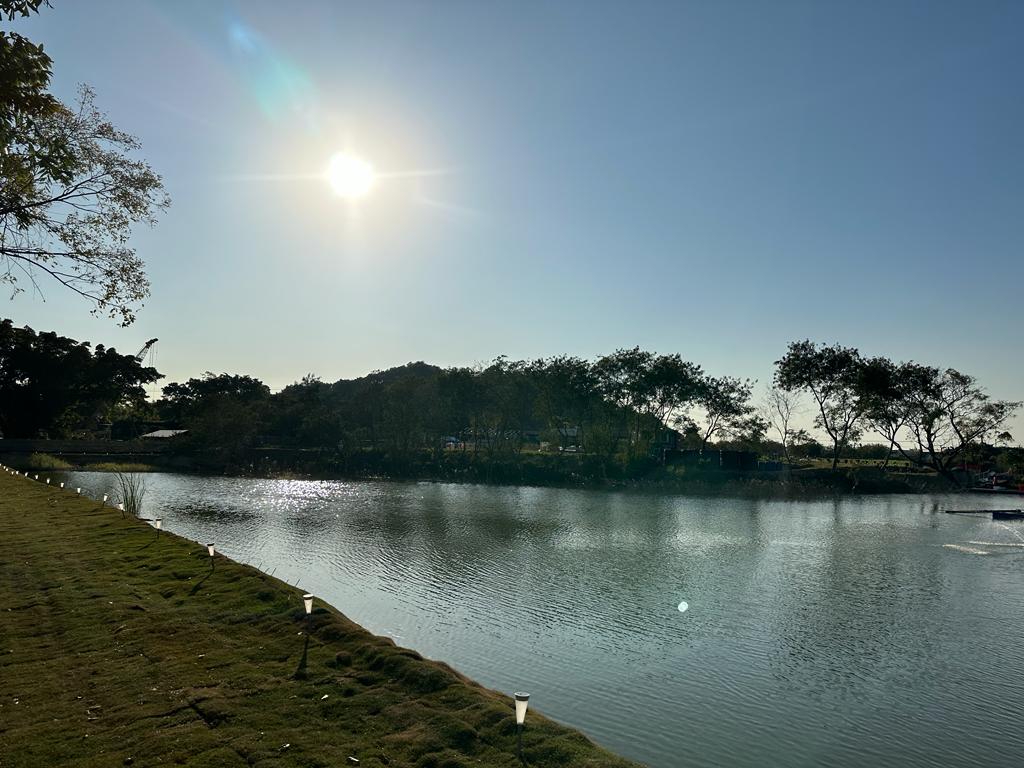
STEM Environmental Education Camp
How the food you eat comes about ?
The high level of urban development has changed people’s lifestyles, and many are unaware of where their food comes from or how it is transformed into the form they see before them.
KIWI witnesses the process of seeds and fish fry turning into ingredients and even table delicacies. We hope to share this experience with everyone, especially the next generation, so they can understand the hard work and rarity involved in farming and aquaculture, and appreciate the value of food.
新田
Eco-friendly greenhouse
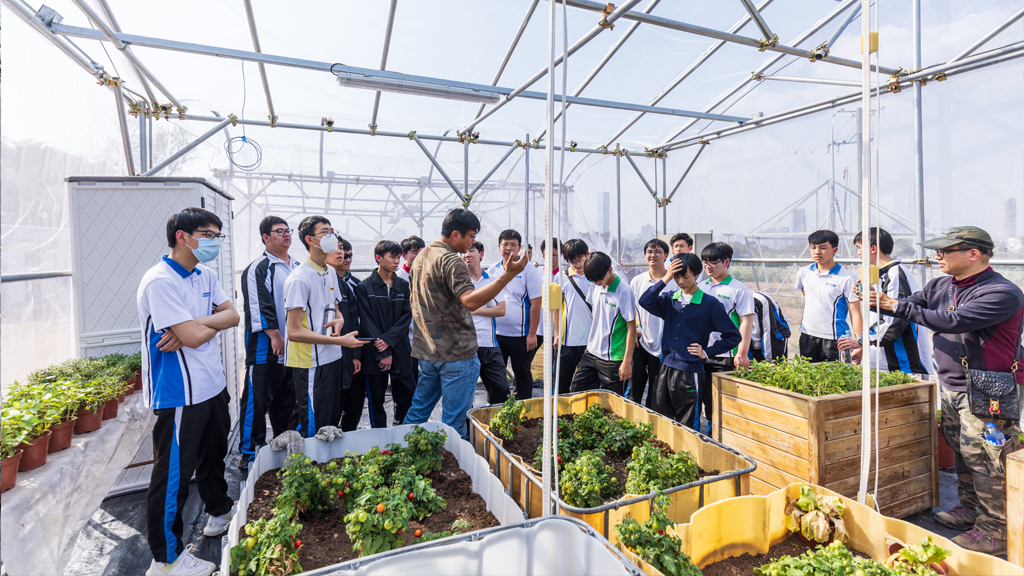
Lectures and Education Camps
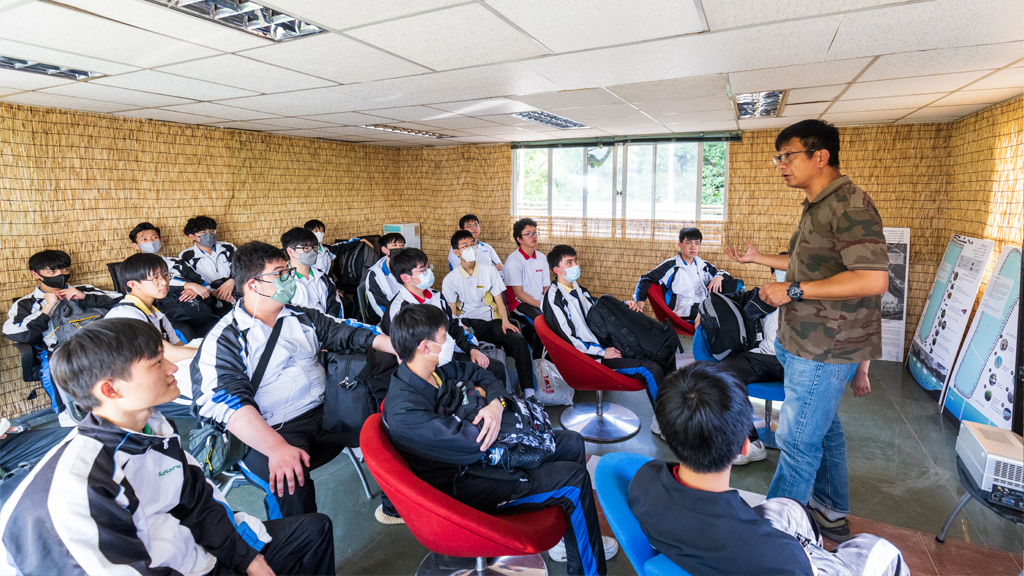
Close encounters with various animals
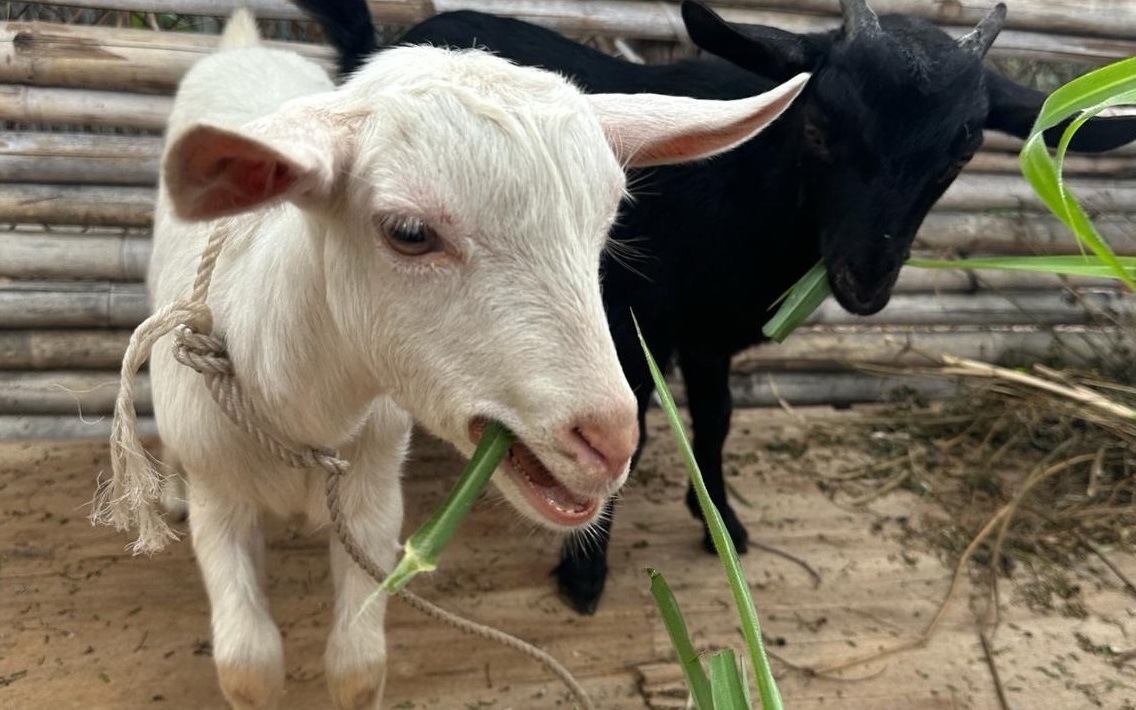
Bird Watching and Conservation
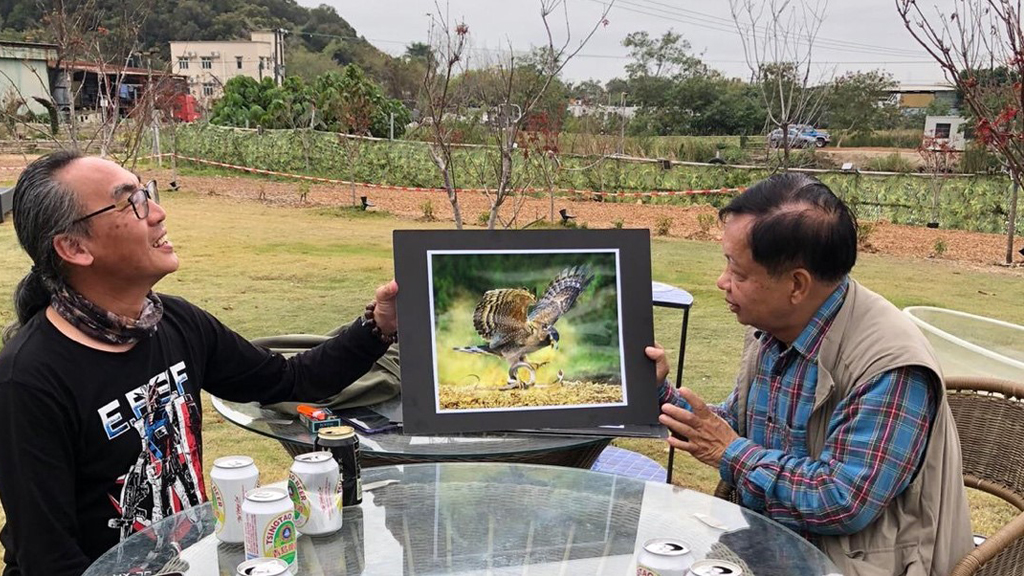
Seedling cultivation base
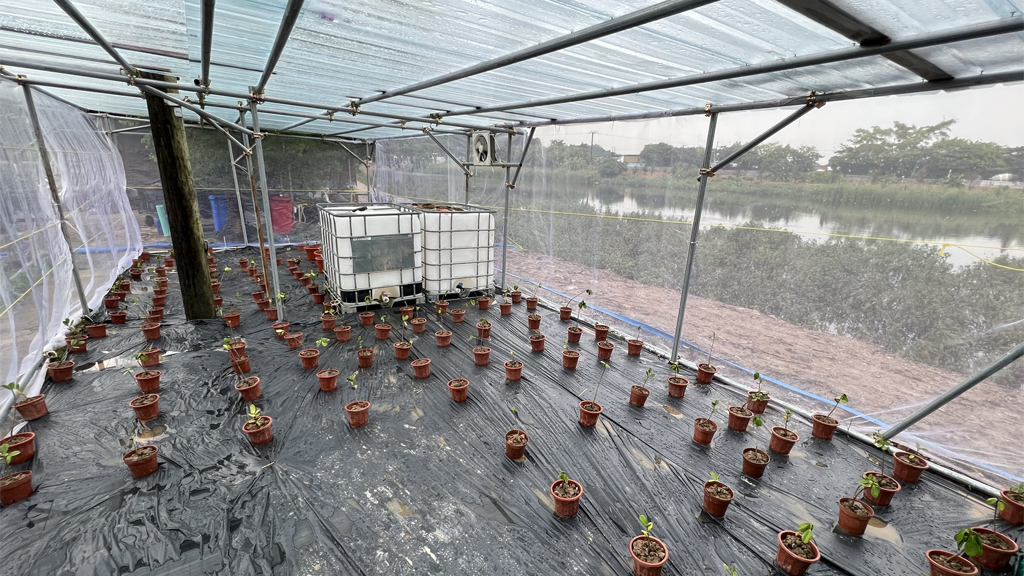
Microalgae cultivation system
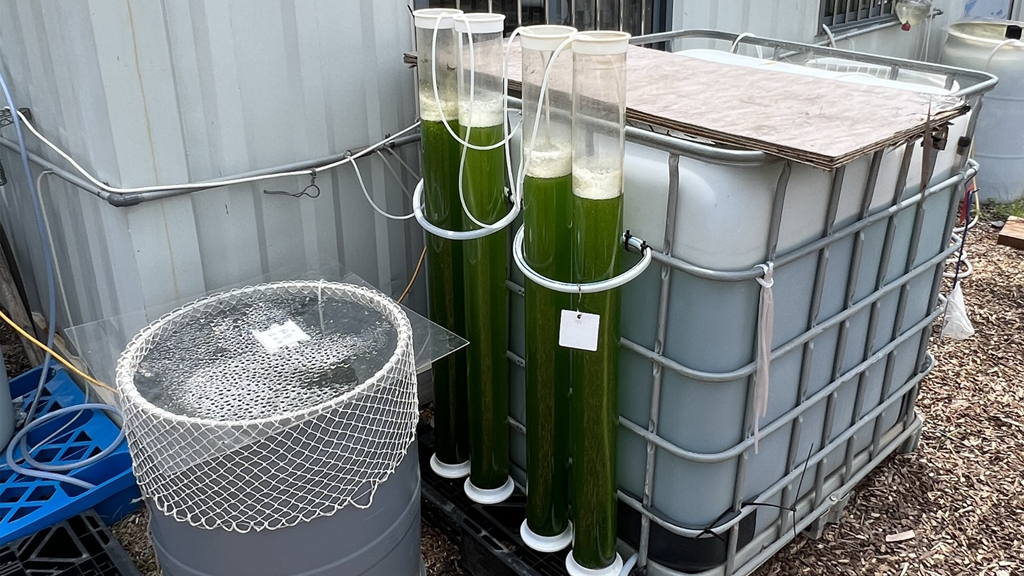
Green energy
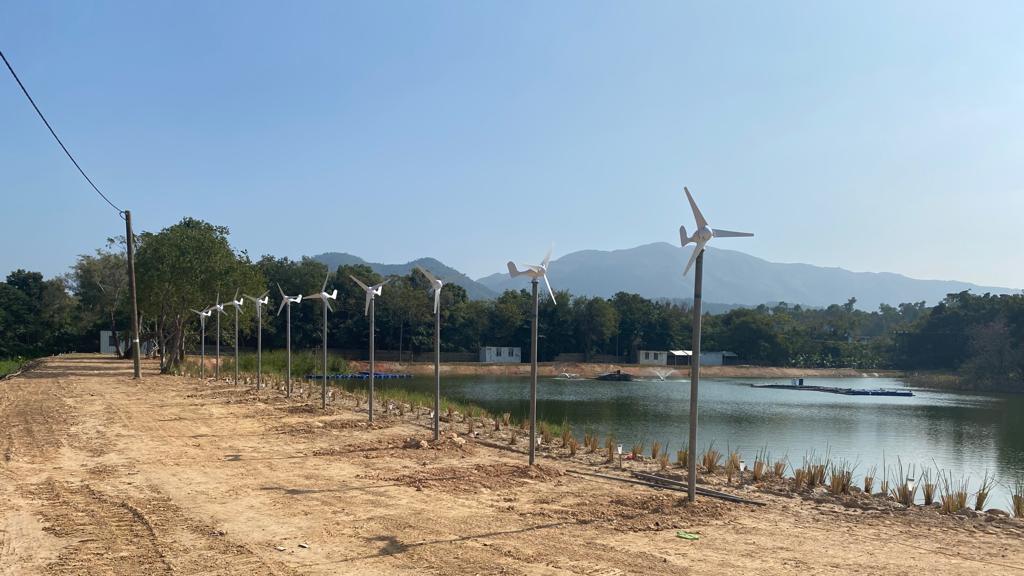
Aquaculture and agriculture product farming
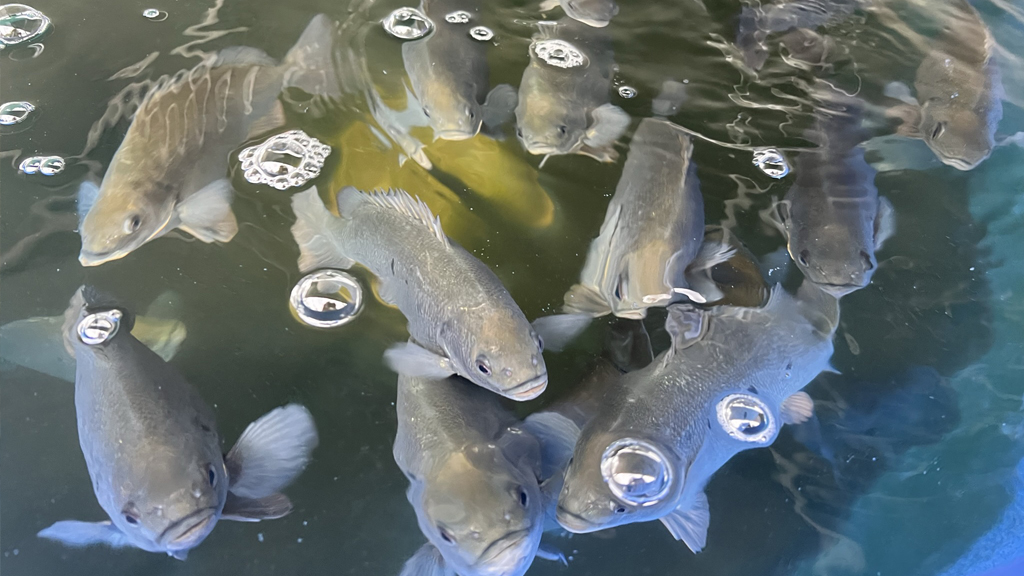
Pond sludge upgrading and regeneration
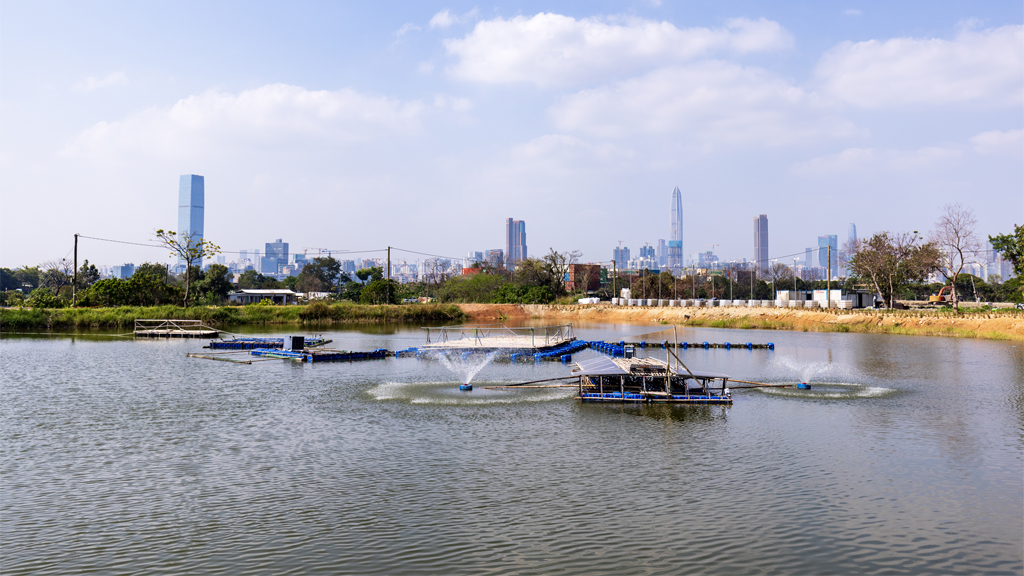
Food waste recycling
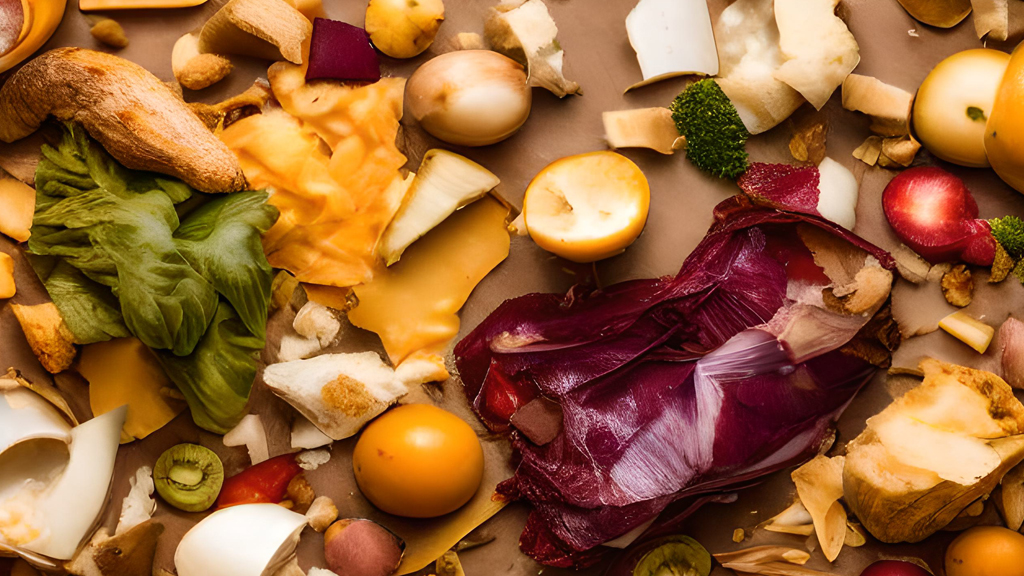
Home-produced fish meal
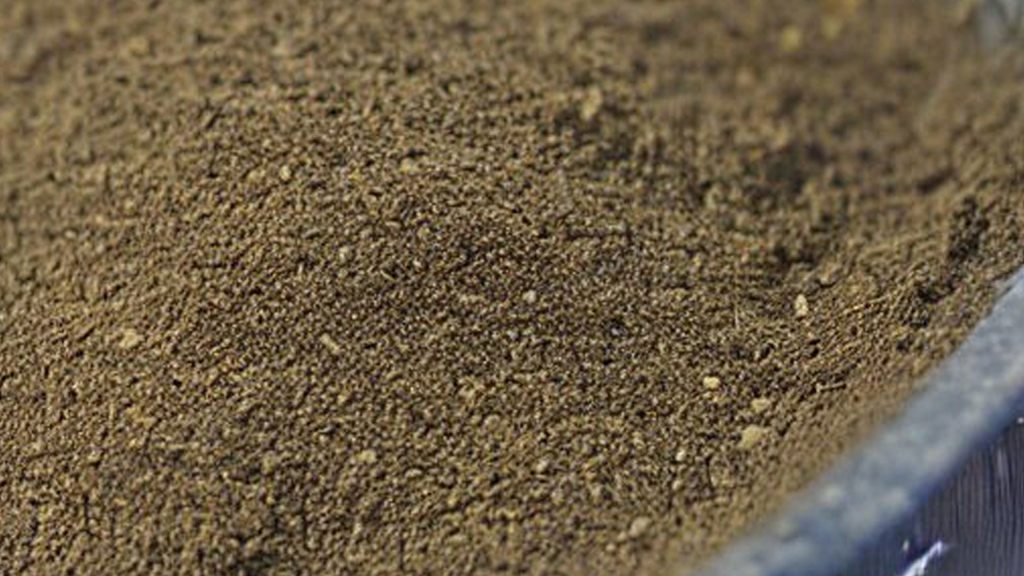
More information
Event Highlights
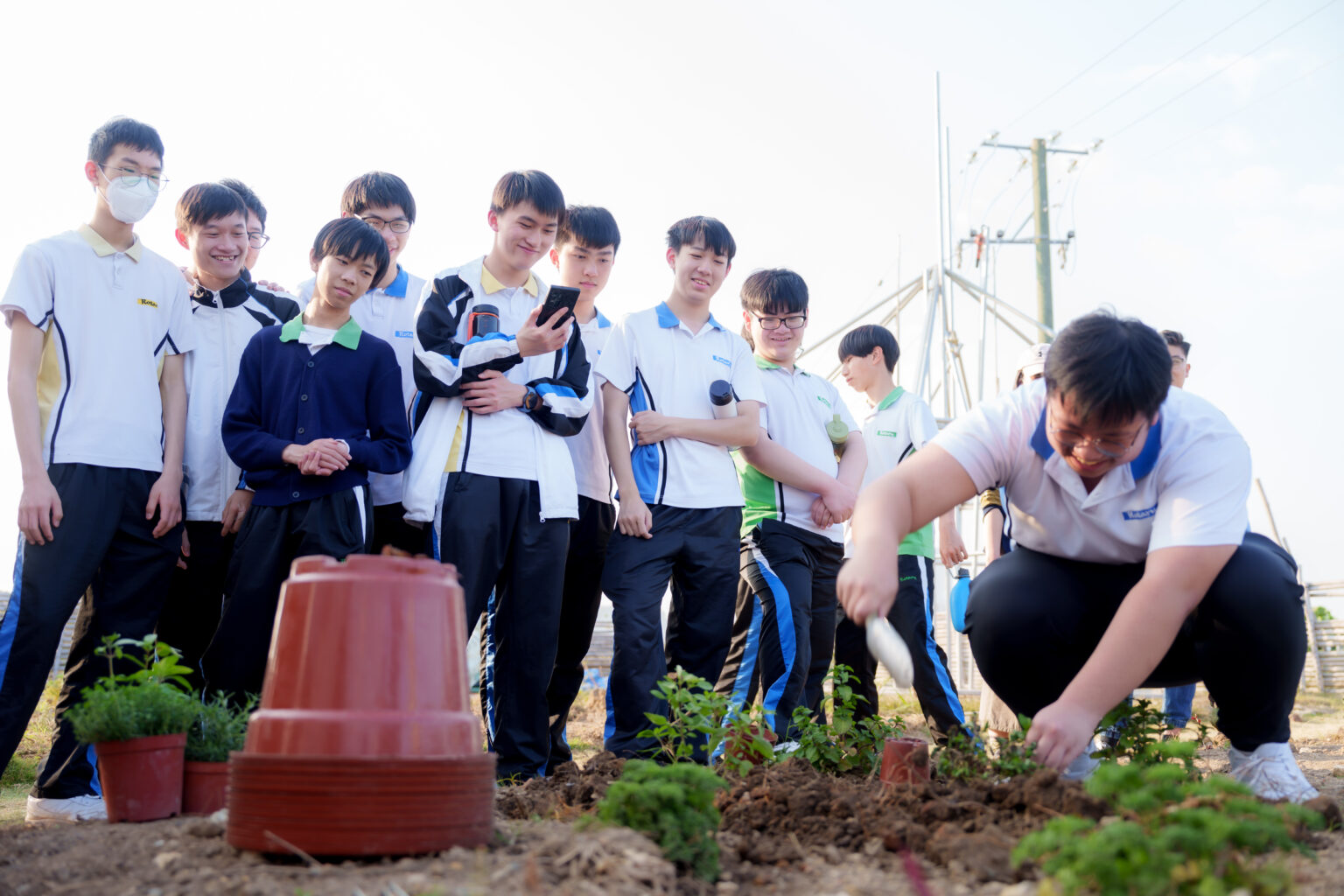
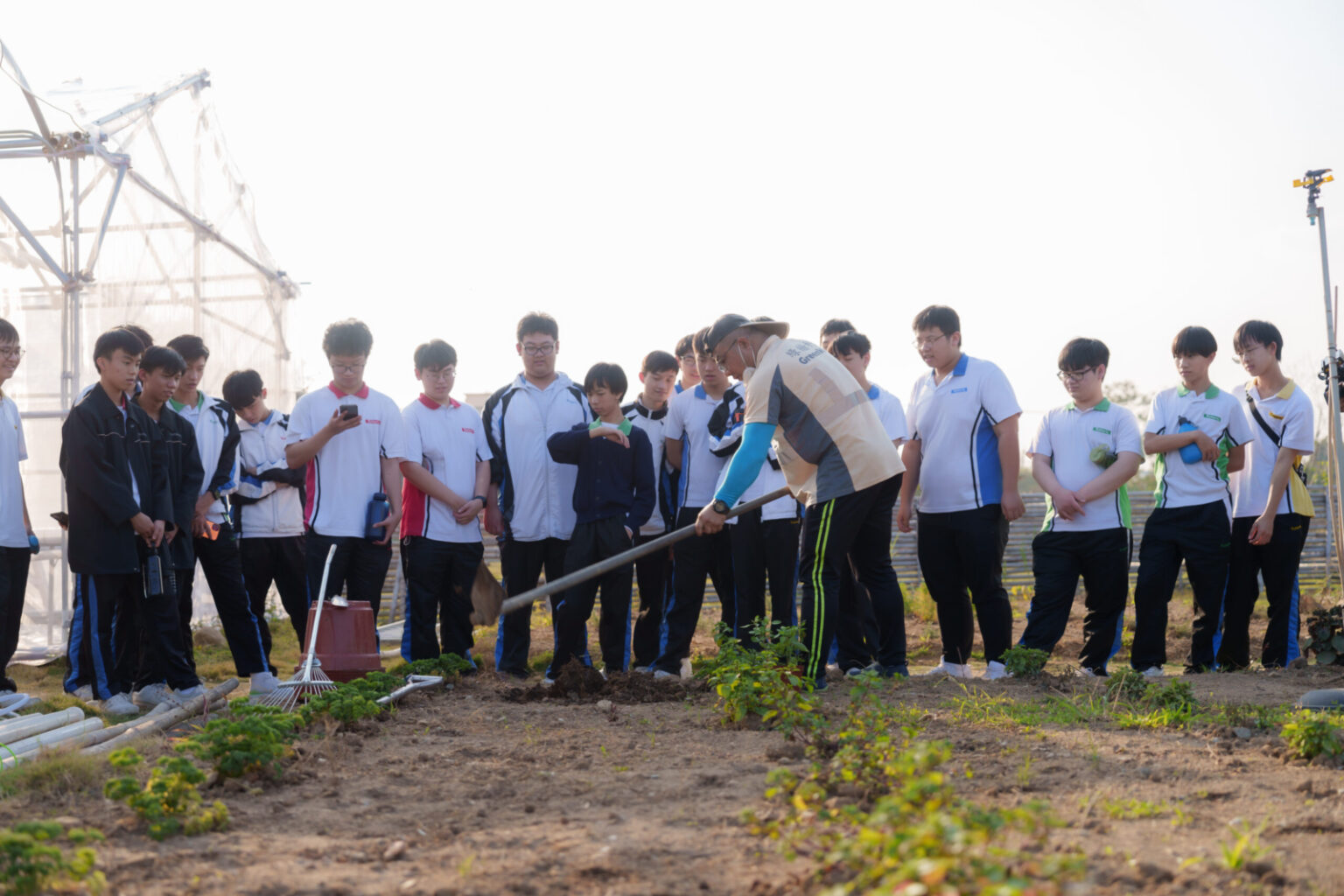
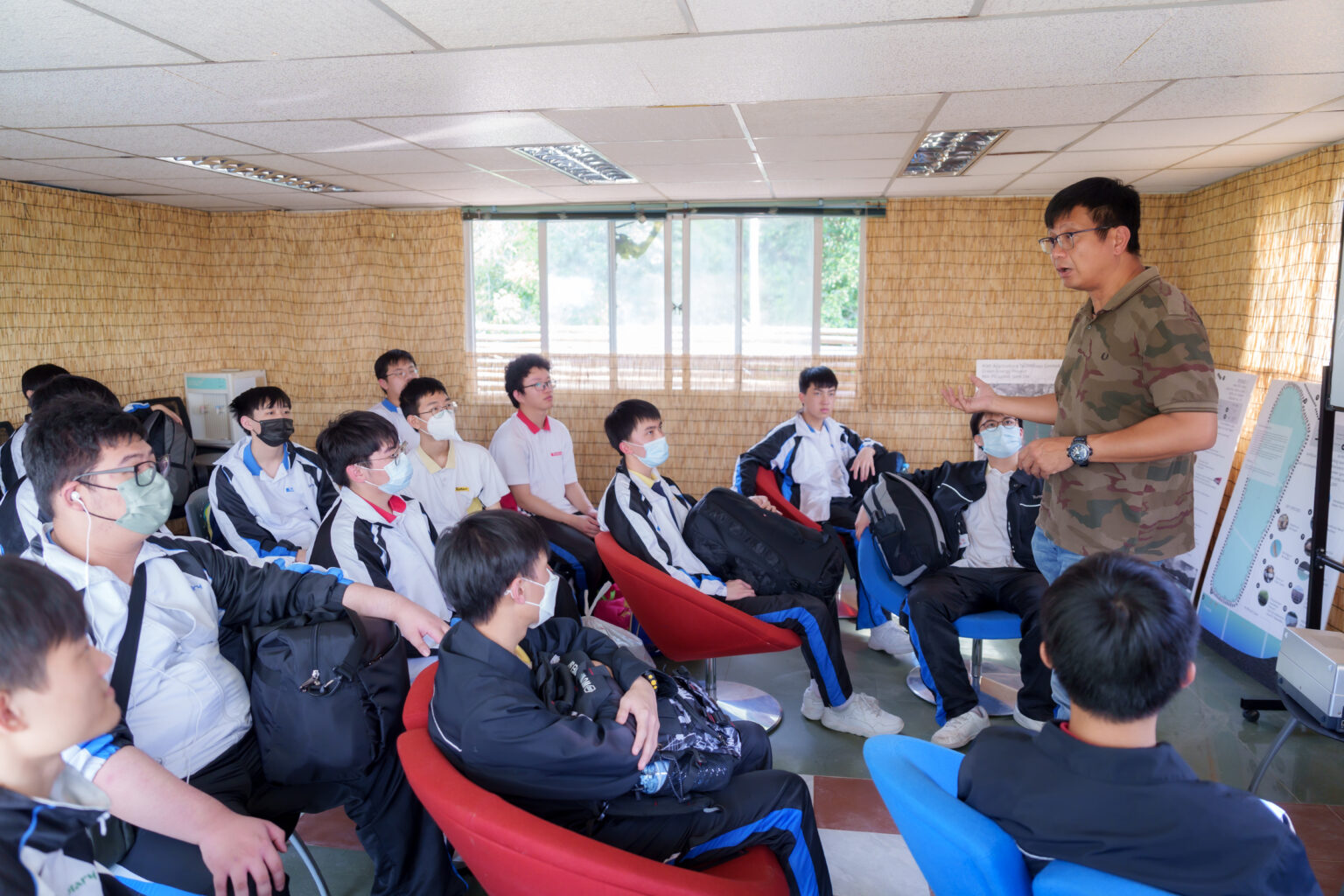
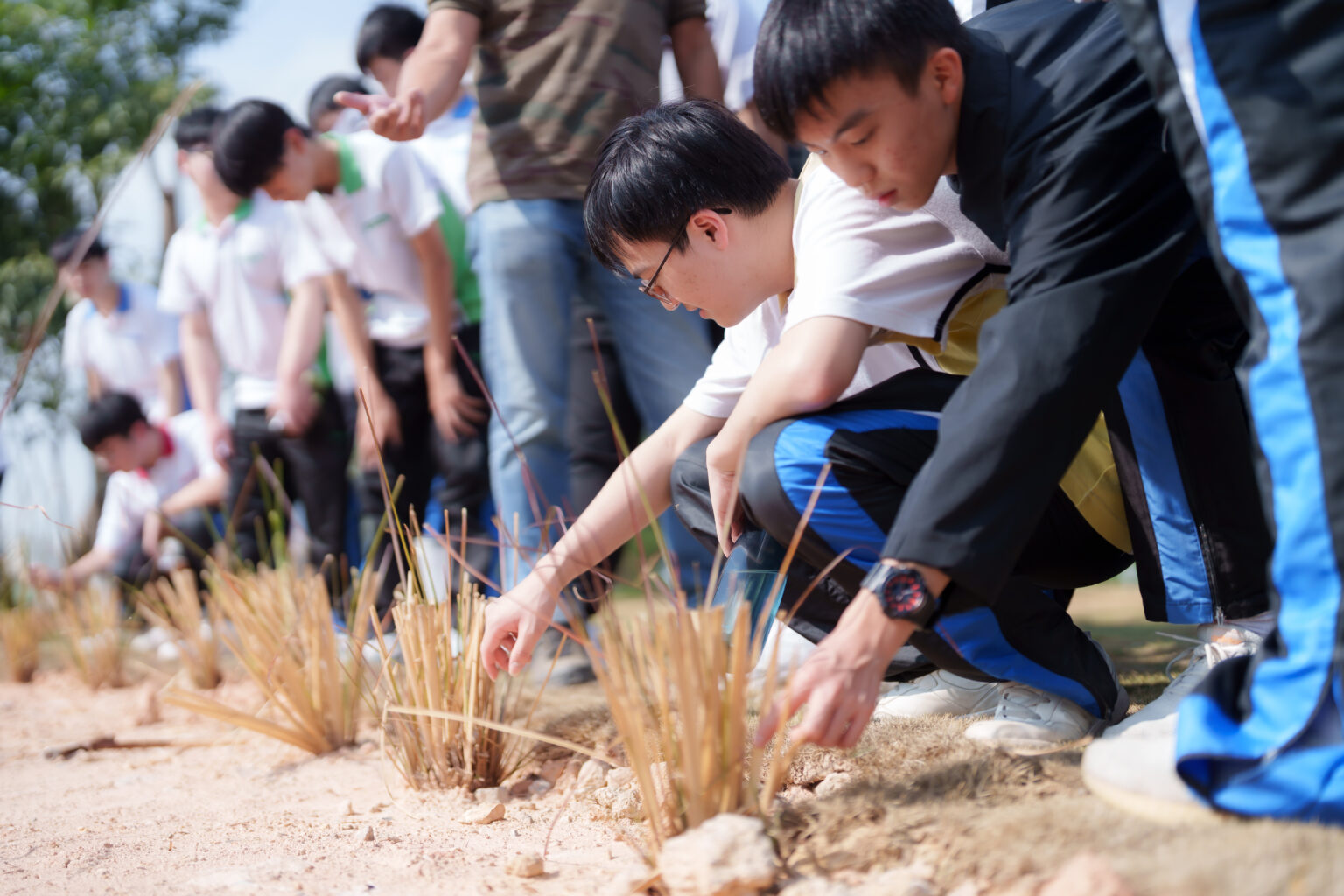
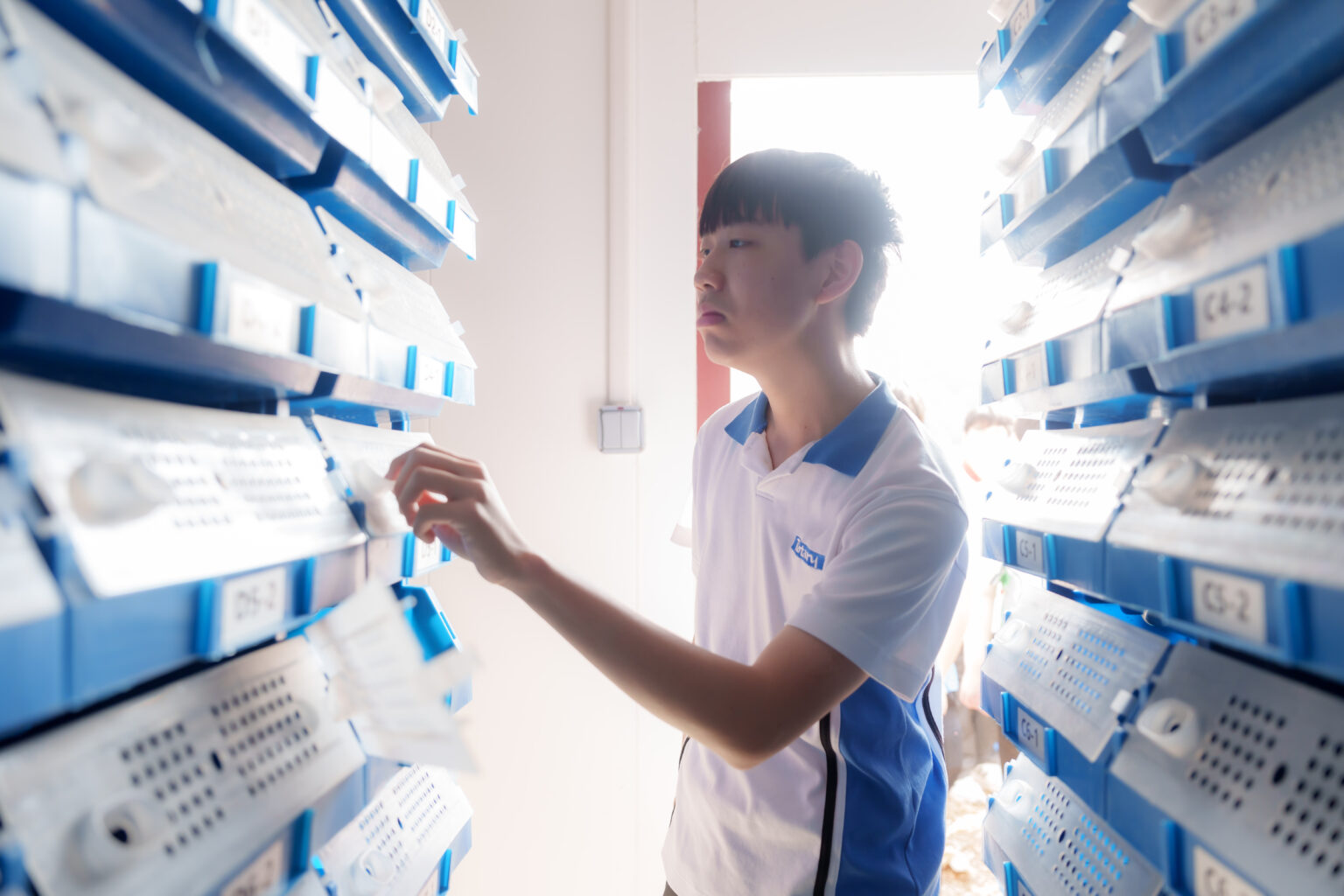
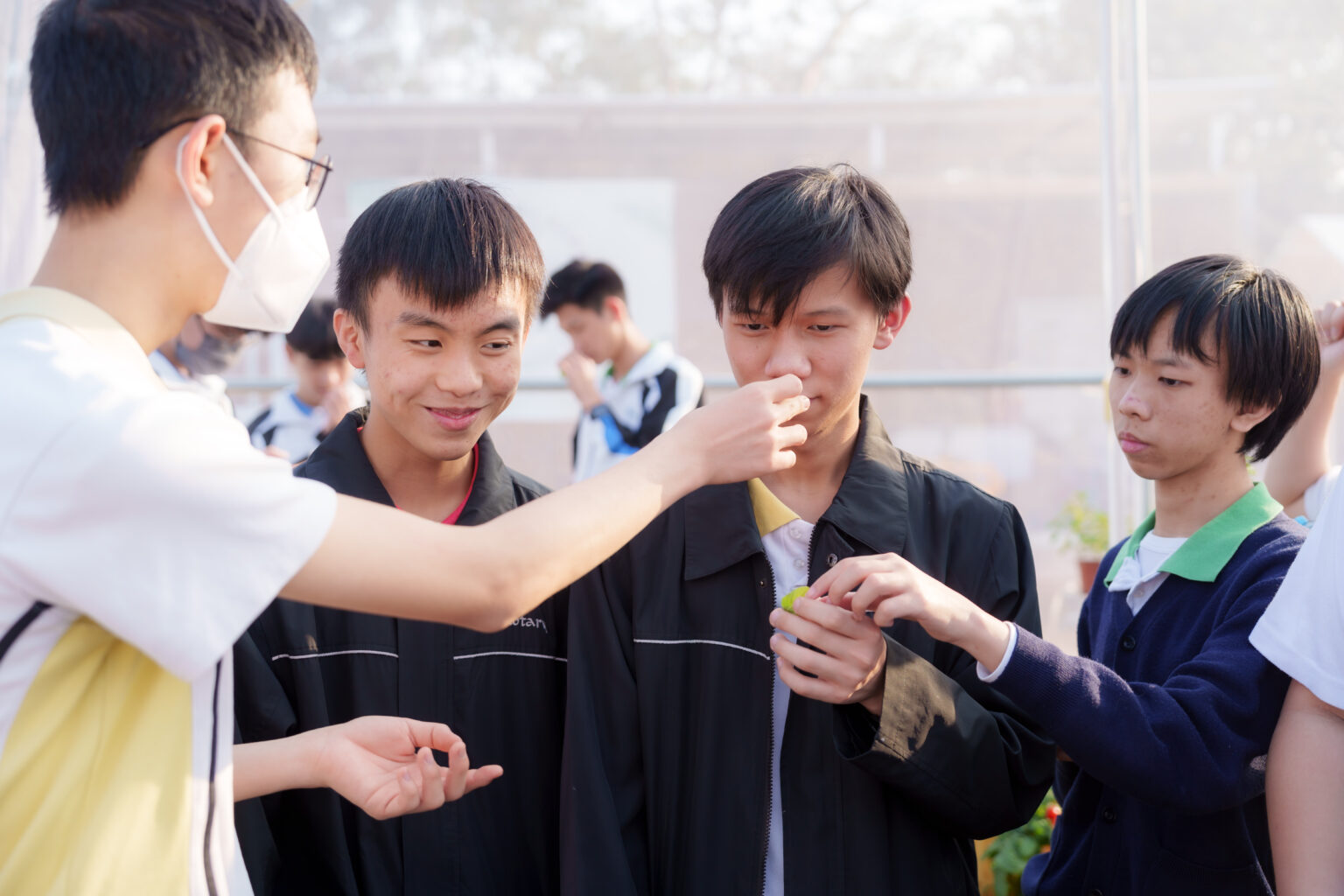
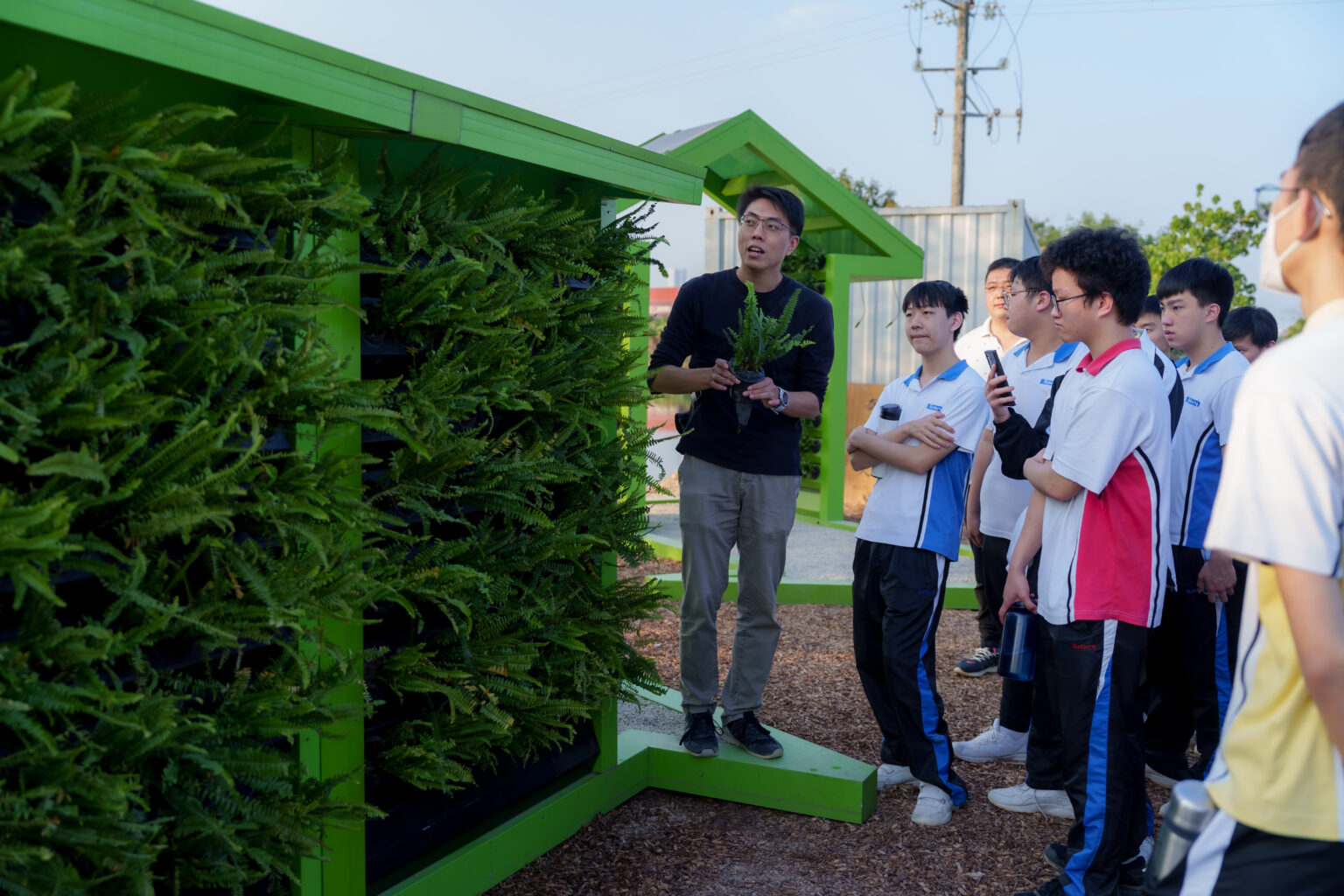
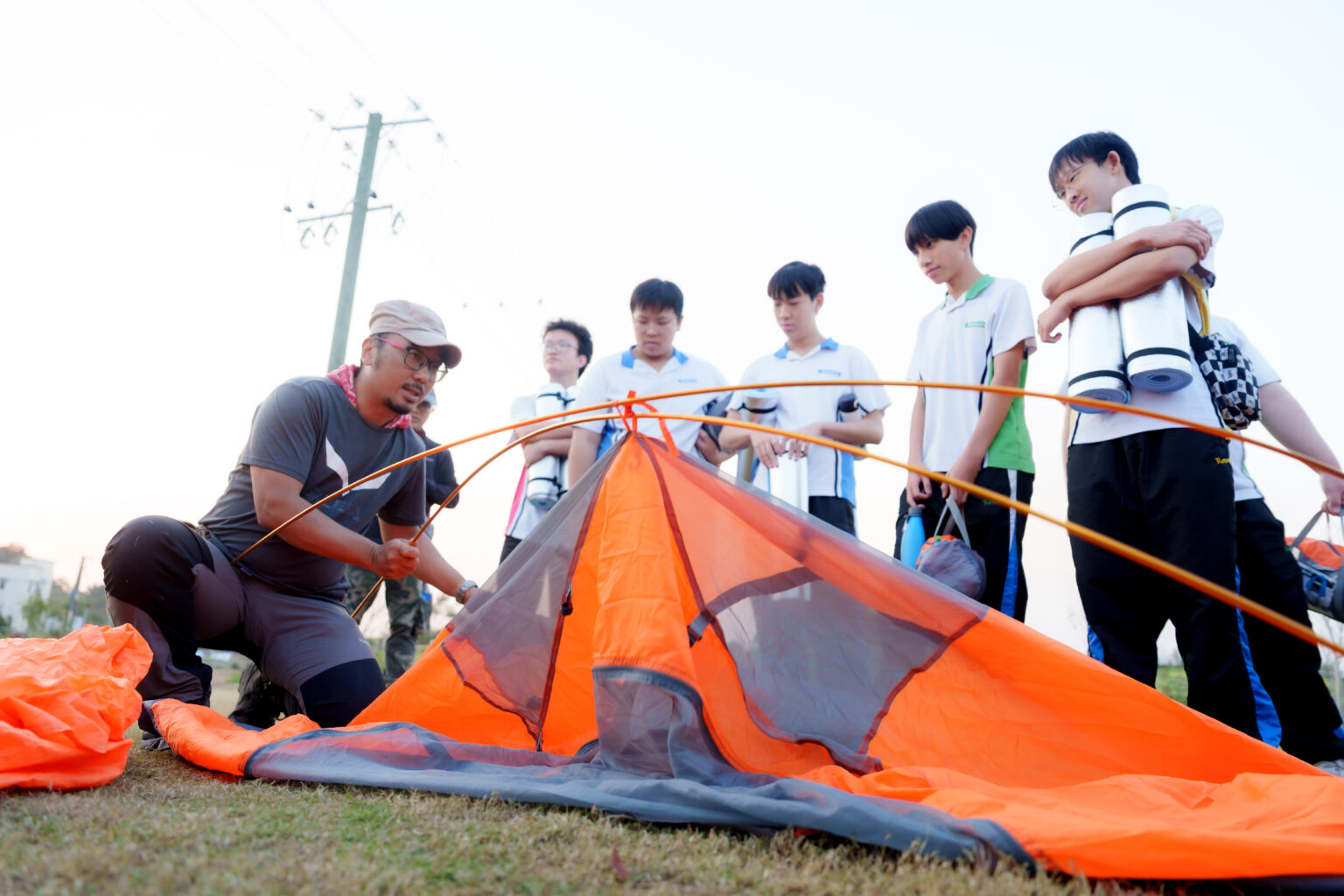
Location:
San Tin, Yuen Long
Size:
800,000sqft
Categories:
Date:
Related projects
© 2024 Kiwi Agriculture Technology Limited
